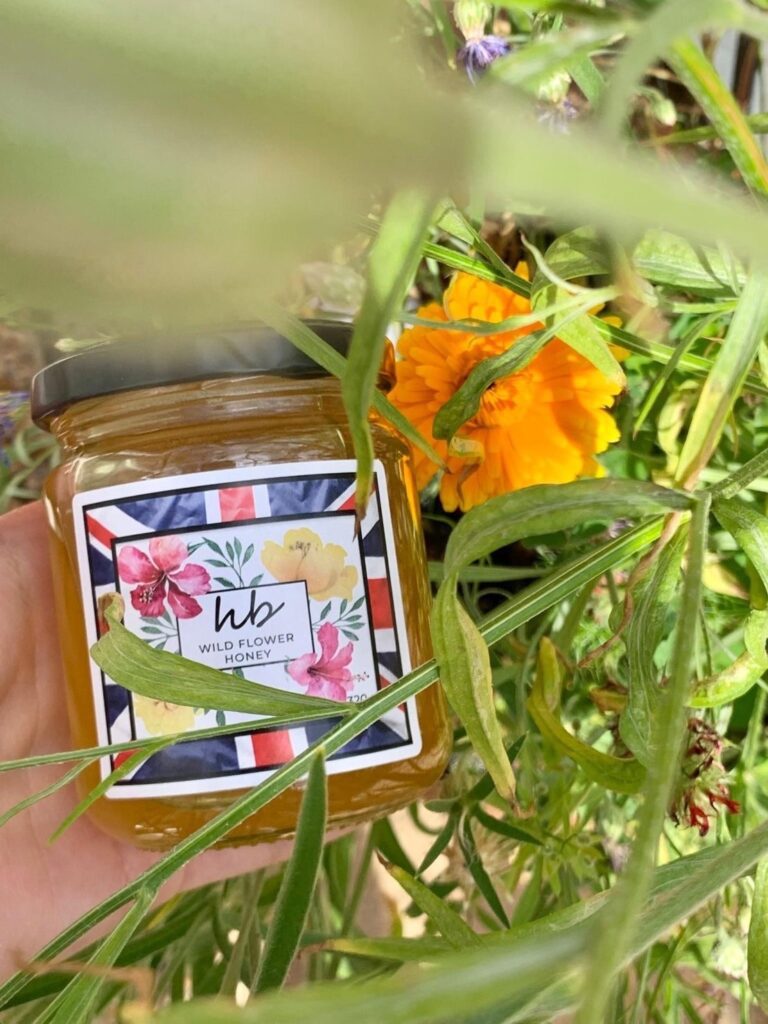Organic harvest refers to the cultivation and procurement of crops and livestock using sustainable, natural practices that eliminate the use of synthetic pesticides, fertilizers, and genetically modified organisms (GMOs). As global awareness of environmental preservation grows, organic farming has emerged as a viable solution to promote healthy ecosystems and preserve biodiversity. This article delves into the importance of organic harvesting, its impact on the environment and human health, and the challenges faced in its implementation.

Environmental Benefits of Organic Harvest
Organic farming benefits the environment in multiple ways (Dumaresq & Greene, 2016). It improves soil quality by nourishing the soil with organic matter and utilizing crop rotation, cover crops, and composting. This holistic approach increases the soil’s water retention capacity, reduces erosion, and promotes a healthy ecosystem of beneficial microorganisms (Sørensen et al., 2020). By avoiding chemical pesticides and fertilizers, organic farming supports biodiversity, protecting pollinators and wildlife from toxic substances.

The Role of Honeybees in Organic Harvest
Honeybees play a critical role in organic farming, serving as essential pollinators that facilitate the growth of various crops (Söderlund, 2022). Organic farmers recognize the importance of fostering a bee-friendly environment, which encourages the presence of these invaluable insects. By providing diverse floral resources, nesting habitats, and avoiding synthetic pesticides, organic farms promote honeybee health and productivity. As honeybees transfer pollen from one flower to another, they contribute to genetic diversity among plants and help ensure robust harvests. Thus, the synergy between honeybees and organic farming practices contributes to the success of organic harvests and fosters a balanced, thriving ecosystem.

Human Health and Organic Products
Organic harvesting also benefits human health. Research indicates that organically grown foods possess higher levels of antioxidants and beneficial nutrients compared to their conventionally farmed counterparts (Lairon, 2010). Additionally, organic produce has lower levels of pesticide residues and toxic heavy metals (Barański et al., 2014), contributing to a healthier diet and reducing the risk of harmful chemical exposure.

Challenges and Solutions for Organic Harvest
Despite its numerous advantages, organic farming faces significant challenges, such as lower yields, higher production costs, and increased labour demands (Seufert et al., 2012). To overcome these barriers, it is crucial to invest in research, education, and policy development that supports organic farming practices (Ponisio et al., 2015).
Innovative solutions, like agroecological farming and precision agriculture, can help optimize organic crop yields, manage pests and weeds naturally, and minimize resource waste (Rahmann et al., 2017). By adopting cutting-edge techniques and collaborating with consumers, producers, and policymakers, organic farming can become a viable and profitable practice that benefits both people and the planet.

Conclusion
Organic harvest is a powerful tool for fostering sustainable agriculture and safeguarding the environment for future generations. By embracing organic farming practices, we can improve soil health, protect biodiversity, and promote healthier diets. While the challenges of organic farming are considerable, they can be overcome through research, collaboration, and the adoption of innovative solutions. As conscientious consumers and stakeholders, it is our responsibility to support and advocate for organic agriculture, creating a world where nature’s bounty is nurtured and protected for years to come.
References
- Barański, M., Srednicka-Tober, D., Volakakis, N., Seal, C., Sanderson, R., Stewart, G. B., … & Leifert, C. (2014). Higher antioxidant and lower cadmium concentrations and lower incidence of pesticide residues in organically grown crops: a systematic literature review and meta-analyses. British journal of nutrition, 112(5), 794-811. https://pubmed.ncbi.nlm.nih.gov/24968103/
- Söderlund, P. (2022). Effects of organic farming on pollinating insects. Doctoral dissertation, Swedish University of Agricultural Sciences, Uppsala.
- Dumaresq, D., & Greene, C. (2016). Organic agriculture in the age of climate change. Renewable Agriculture and Food Systems, 32(1), 35-39.https://doi.org/10.1017/S1742170516000029
- Lairon, D. (2010). Nutritional quality and safety of organic food. In Improving the quality of fresh meat (pp. 525-551). Elsevier.https://doi.org/10.1533/9781845695713.3.525
- Ponisio, L. C., M’Gonigle, L. K., Mace, K. C., Palomino, J., de Valpine, P., & Kremen, C. (2015). Diversification practices reduce organic to conventional yield gap. Proceedings of the Royal Society B: Biological Sciences, 282(1818), 1-9.https://doi.org/10.1098/rspb.2015.1396
- Rahmann, G., Kruess, A., & Königer, P. (2017). A method for integrated assessment of ecosystem services in organic agriculture. Ecological Indicators, 73, 533-541.https://doi.org/10.1016/j.ecolind.2016.10.066
- Seufert, V., Ramankutty, N., & Foley, J. A. (2012). Comparing the yields of organic and conventional agriculture. Nature, 485(7397), 229-232. Retrieved from https://doi.org/10.1038/nature11069
- Sørensen, D. M., Eltun, R., Knudsen, M. T., & Petersen, B. M. (2020). Nutrient balances and soil fertility on organic farms—a modelling approach. Scientific reports, 10(1), 1-13.

